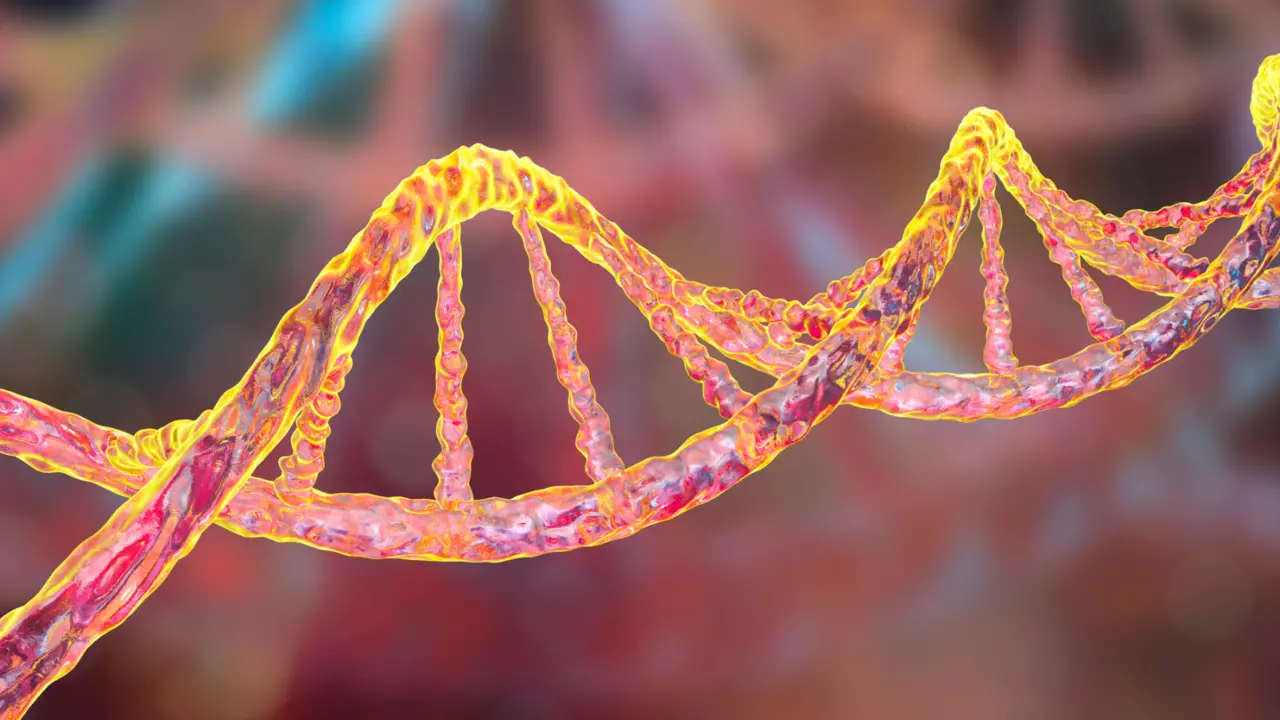A Rare Condition Disguised as BHD
3 Dec 2023
Earlier this year we wrote a blog post on the discovery of a new genetic condition that looks very similar to BHD. It was caused by a mutation in a gene called PRDM10. Another family has now been found to have this same genetic mutation.
But why is this important for people with BHD? We know that a small number of people who have features of BHD have a negative genetic test. There could be a number of reasons for this. Firstly, you may have an unusual type of Folliculin (FLCN) mutation. FLCN is the gene that when mutated causes BHD. Or you may have a mutation in another gene that causes BHD syndrome or causes symptoms very similar to BHD, such as PRDM10. Now we know that PRDM10 looks similar to BHD, people with negative BHD tests should be tested for PRDM10 instead.
The discovery
The National Cancer Institute has been caring for a family with suspected BHD since 1998. Although they had characteristics of BHD including skin bumps and kidney cancer, no folliculin mutation was ever found.
The whole family were examined. Of the Eight family members with symptoms:
- Five of them had their skin bumps biopsied. It was confirmed to be fibrofolliculomas, which have only been seen in BHD.
- Two family members had one lung cyst each.
- One family member had a past lung collapse.
- Seven of them had kidney cancers.
- Five family members had lipomas (soft lumps under the skin).
All of these are features of BHD except for Lipomas. The lipomas were seen in all three generations of the family suggesting that they were genetic. In addition, the kidney cancers seen in this family were not typical of BHD. Most of them had a type of kidney cancer called papillary/clear histologic subtypes.
A technique called Whole Genome Sequencing was performed to look at all the genes that the family members were born with. They discovered a mutation in PRDM10, a gene that had a role in stopping tumour growth.
The difference between BHD and this new condition
This new condition has similar characteristics to BHD but there are also some differences. One visible difference is that people with PRMD10 mutations get lipomas. As these do not occur in BHD it could be an important sign that skin doctors could use to help with their diagnosis. Secondly, this family did not have many lung symptoms which we know is very common in BHD. Lastly, the kidney cancer seen in PRDM10 was very different. In BHD you tend to get multiple tumours that are slow growing and rarely spread. In the PRDM10 family, they had fewer tumours in their kidney but they grew quicker and the cancer did spread in 5 of them.
Due to the risk of the cancer spreading, the research team advised that people with PRDM10-associated kidney cancer should be monitored carefully and be treated with surgery early.
It’s important to note that this study only looks at one family with the PRDM10 mutations. There are lots of different types of mutation that can affect a gene and change how it behaves. It’s possible that the type of PRMD10 kidney cancer may vary depending on the PRMD10 mutation.
Disguising as BHD
So why does this condition disguise itself as BHD? There are lots of signalling pathways in the body that ‘talk’ with each other and keep our body working. Some genes when mutated will cause some of these pathways to shut down or become activated. Mutations in PRDM10 lead to loss of FLCN, which is likely why these people have BHD symptoms. However, PRMD10 will also affect other pathways which is likely why we see additional symptoms.
What does this mean for the BHD community?
Altogether this study provides further evidence of a new condition that looks similar to BHD. The researchers suggest that people who have features of BHD but no FLCN mutation should be screened for PRDM10, especially if they have lipomas.
If someone is identified to have a PRDM10 mutation, their kidneys should be carefully monitored and their doctor should consider early surgery to remove any tumors.
Previous
Back to
